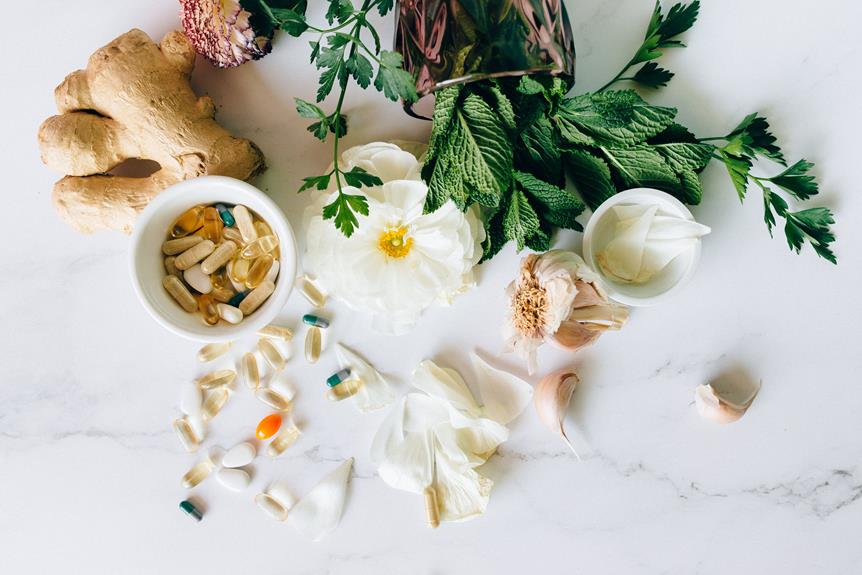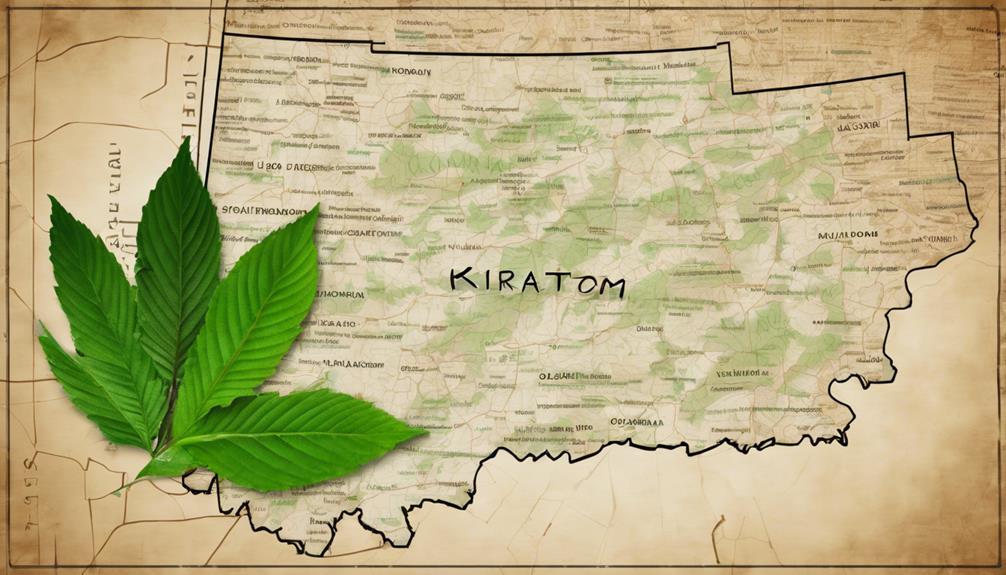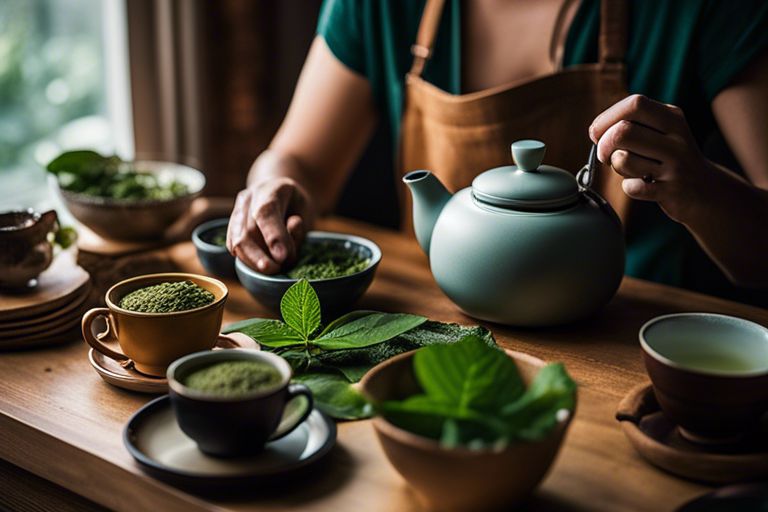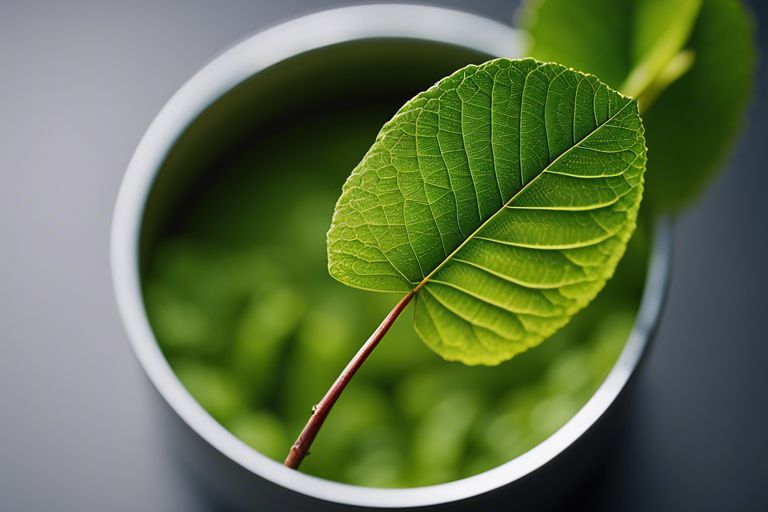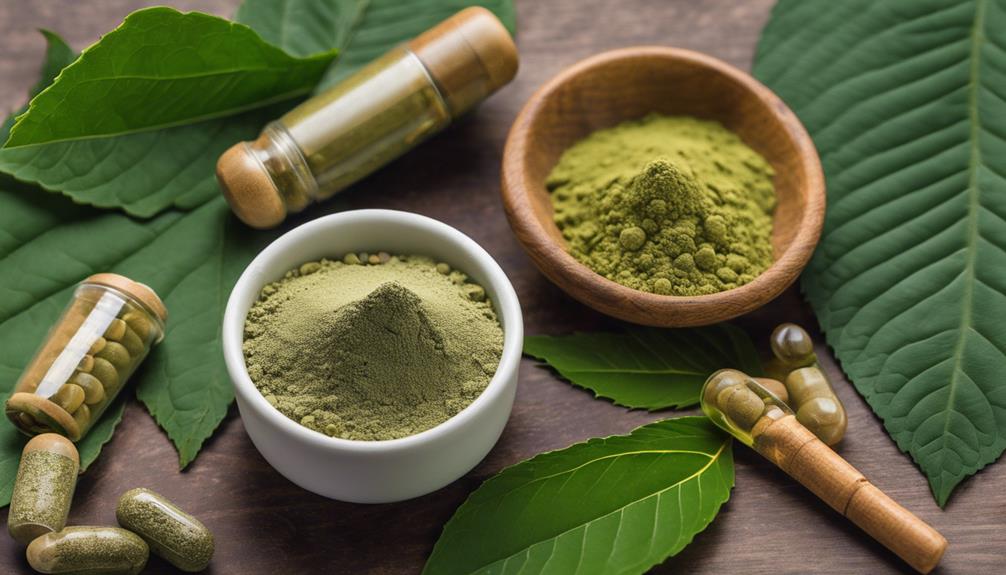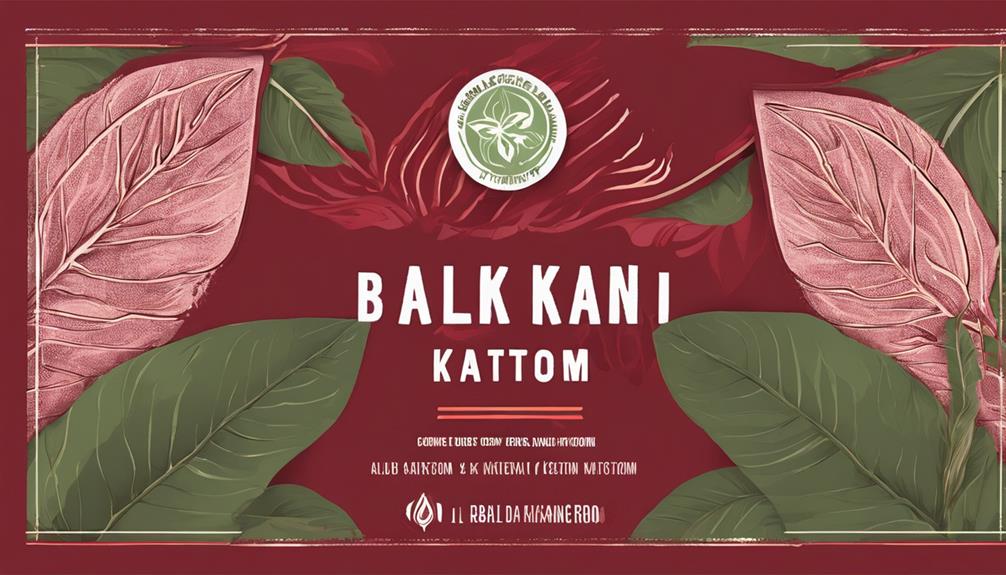Deprecated: mb_convert_encoding(): Handling HTML entities via mbstring is deprecated; use htmlspecialchars, htmlentities, or mb_encode_numericentity/mb_decode_numericentity instead in /home/users/kratomfiles/www/kratomfiles.com/wp-content/plugins/quick-adsense-reloaded/includes/template-functions.php on line 3552
Did you know that Kratom and Kava Kava are two natural substances that have gained popularity in recent years for their potential therapeutic effects? While you may have heard of one or both of these plants, there is much more to explore when it comes to their origins, preparation methods, pharmacological distinctions, legal differences, and effects on the body. So, if you’re curious about the nuances between Kratom and Kava Kava and how they may potentially impact your well-being, keep reading to discover the fascinating world of these botanicals and what sets them apart.
Origins and Uses
Kava, originating from the South Pacific islands, primarily Polynesia, Micronesia, and Melanesia, has been traditionally used for its calming effects, promoting relaxation and social bonding. It is derived from the roots of the Kava plant and is commonly consumed as a tea, supplement, or ingredient in baked goods. Kava is legal and is known for its sedative effects, making it a popular choice for those seeking natural remedies for stress and anxiety. Its main psychoactive ingredients, known as kavalactones, interact with the brain to induce a state of relaxation without the risk of addiction or severe side effects associated with opioid drugs.
On the other hand, Kratom, native to Southeast Asia, particularly Indonesia, Thailand, and Malaysia, is derived from the leaves of the Kratom plant. It is available in powder form, liquid extract, and capsule form and is used for its stimulating effects at low doses and sedative effects at higher doses. Kratom has a long history of substance use, with its alkaloids, particularly mitragynine, playing a role in the development of positive effects such as energy and pain relief.
While both Kava and Kratom offer potential benefits for various physical and mental health issues, it is important to understand the differences between the two. Kava is primarily used recreationally to promote relaxation and social bonding, whereas Kratom is used recreationally for its stimulating effects and to help with various physical ailments. However, it is crucial to note that Kratom addiction is possible, as its psychoactive ingredients can have an addictive potential.
Preparation Methods
When preparing Kava or Kratom, it is important to understand the different methods of preparation to ensure the desired effects are achieved. Here are the differences in preparation methods for these two substances:
Kava Kava
- Grinding: Kava root is traditionally ground into a fine powder using a mortar and pestle. This step is crucial to release the active compounds in the root.
- Steeping: The powdered Kava root is then steeped in warm water to create a thick, muddy drink. This process allows the water to absorb the desired compounds.
- Kneading: To enhance the extraction process, the Kava drink is often kneaded in a bag, squeezing out the beneficial substances. This step helps to maximize the effects of the Kava.
Kratom
- Brewing: Kratom leaves can be ingested whole, brewed as tea, or turned into capsules. To make Kratom tea, the leaves are simmered in water for about 20-30 minutes. This allows the water to extract the active compounds from the leaves.
- Straining: After simmering, the leaves are strained out, leaving behind a liquid that can be consumed as Kratom tea. This method ensures that only the beneficial substances are present in the tea.
Understanding these preparation methods is crucial because they impact the effects that Kava and Kratom have on the brain and body. People who consume Kava Kava often report a calming and relaxing effect, while Kratom can have stimulating or sedating effects, depending on the strain and dosage. By following the appropriate preparation methods, individuals can make the most of these substances and achieve the desired effects.
Pharmacological Distinction
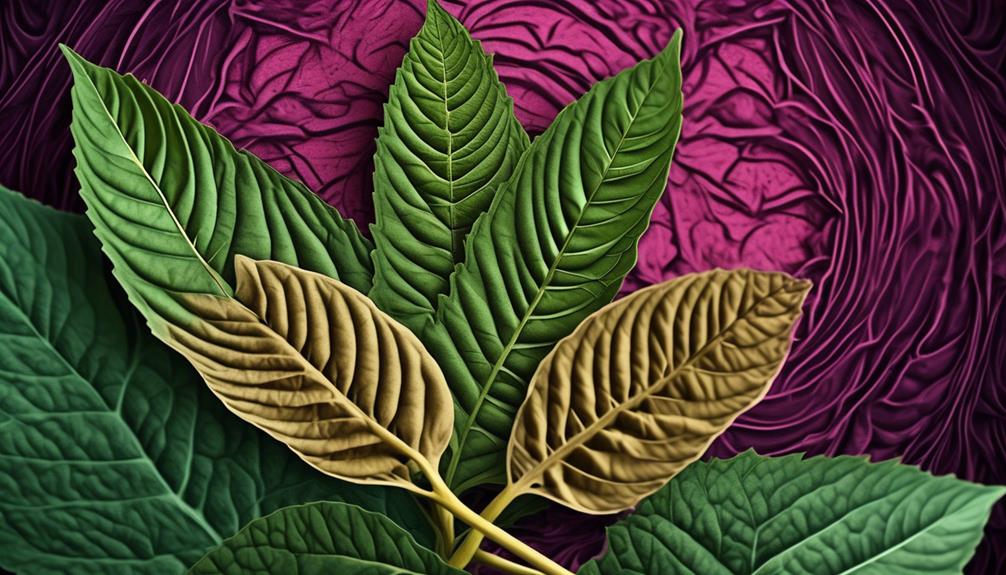
Understanding the distinct pharmacological properties of Kava and Kratom is essential in comprehending the effects that these substances have on the brain and body. Kava, originating from the Pacific Islands, is derived from the root of the Piper methysticum plant, while Kratom, native to Southeast Asia, comes from the leaves of the Mitragyna speciosa tree. Both substances contain active natural ingredients that interact with the body’s systems, producing different effects.
To illustrate the contrast between Kava and Kratom, let’s examine their pharmacological properties in a table:
| Kava | Kratom |
|---|---|
| Main active ingredient: Kavain | The main active ingredient: Mitragynine |
| Produces stress relief and improved mood | Increases energy levels and acts as a stimulant |
| Does not cause anxiety-related side effects | Has sedative properties |
| Interacts with the limbic system in the brain | Interacts with the opioid systems in the brain |
| Does not pose the risk of addiction | This can lead to addiction, tolerance, and withdrawal syndrome |
| Potential in treating anxiety and fighting cancer cells | Outlawed in several states and countries due to safety concerns |
Scientific research has provided valuable data on the effects of these substances. Kava’s kavalactones interact with the limbic system, producing stress relief and improved mental clarity without causing anxiety-related side effects. On the other hand, Kratom contains alkaloids that interact with the opioid systems in the brain, leading to addiction, tolerance, and withdrawal syndrome.
It is important to note that the United States has classified Kratom as a Schedule I controlled substance due to safety concerns, while Kava remains legal for consumption. This distinction highlights the potential risks associated with Kratom use, including overdose and addiction.
Legal Differences
Kava and kratom have distinct legal differences, with kava being legal in the U.S. while kratom is subject to regulations or requires a prescription. These legal differences have significant implications for the availability and use of these substances. Here are some key points to consider:
- Kava’s legal status: Kava has gained worldwide acceptance as a natural and safe herbal product. It is legal in most parts of the United States, allowing individuals to purchase and use it without restrictions. This legal acceptance has contributed to its popularity among those seeking relaxation and stress relief.
- Kratom’s legal challenges: On the other hand, kratom has faced increased regulation and is illegal in some states and countries. The legal landscape surrounding kratom is complex and continually evolving. Some states have outright banned its possession and use, while others have implemented regulations and restrictions. This makes it more difficult for individuals to access and utilize kratom.
These legal differences are driven by various factors, including scientific research and concerns about potential side effects. Kratom contains alkaloids that interact with the opioid systems in the brain, similar to opiate drugs. This has raised concerns about its addictive potential and the risk of opioid side effects. In contrast, kava’s active ingredients, kavalactones, interact with the limbic system in the brain and do not pose the same risks of addiction or opioid-related issues.
What Are the Key Differences Between Kava Kava and Kratom?
When looking for natural alternatives for anxiety, it’s important to understand the key differences between kava kava and kratom. Kava kava is known for its calming effects without causing sedation, while kratom is more stimulating and can provide pain relief. Both can be effective, but it’s important to choose the right option for your needs.
Effects and Addictive Properties

Kratom and kava have distinct effects and addictive properties that differentiate their use and potential risks. Kratom, a tropical evergreen tree native to Southeast Asia, has both stimulating and sedative effects. It is commonly consumed as a tea by boiling the leaves or as a powder mixed with water or juice. On the other hand, kava is a plant native to the South Pacific islands and is traditionally prepared by grinding the root into a powder and mixing it with water or coconut milk to make a beverage.
Scientific research suggests that kratom has addictive potential due to its opioid-like effects. It interacts with the same receptors in the brain as opioids, resulting in pain relief, sedation, and euphoria. Frequent use of kratom, especially at high doses, significantly increases the risk of addiction. Tolerance and withdrawal symptoms, similar to those experienced with opioids, can develop with prolonged use. In contrast, there is currently no evidence that kava poses the same risk of addiction. Kava produces stress relief and relaxation effects, but it does not act on the opioid receptors.
It is important to exercise caution when using both substances, as they have potential risks and addictive properties. Understanding the addictive nature of kratom and the absence of addiction risk with kava is crucial for making informed decisions. If you choose to consume kratom, it is recommended to use it sparingly and avoid frequent high doses to reduce the risk of addiction and opioid side effects. As for kava, it is generally considered safe when used in moderation and following proper preparation methods.
Frequently Asked Questions
What’s the Difference Between Kava and Kratom?
So you’re curious about the difference between kava and kratom? Well, let’s dive in! Kava is like a soothing hug for your mind, known for its stress-relieving and calming effects. On the other hand, kratom is like a versatile friend, offering pain relief, anxiety reduction, and even a little boost of energy at lower doses. Both have their health benefits and traditional usage, but it’s important to note that kratom has faced some legal restrictions due to safety concerns and potential addictive properties.
Is Kava Not Bad for Your Liver?
Kava’s traditional use dates back centuries, and it has been valued for its potential health benefits. Many people turn to kava to help with anxiety and stress, as it is believed to have calming effects. When it comes to liver health, it’s important to exercise caution. Adhering to recommended dosage guidelines and monitoring liver function can help mitigate potential risks. Additionally, it’s important to dispel common misconceptions and understand kava’s role in traditional medicine. Always consult with a healthcare professional and consider potential interactions with other medications.
What Kind of High Does Kava Give You?
When you consume kava, it provides a high that is characterized by relaxation effects, mental clarity, and a boost in sociability. It helps you feel more at ease, reduces anxiety, and promotes muscle relaxation. Kava is also known for its ability to aid sleep and reduce stress. Additionally, it enhances focus, elevates mood, and serves as a natural alternative to other substances. Overall, the high from kava offers a gentle and calming experience.
Can Kava Knock You Out?
Yes, kava can knock you out. Its sedative effects can promote relaxation and aid sleep, making it a potential natural sleep aid. Kava has been used in traditional medicine for sleep disorders due to its calming properties. It can help reduce anxiety and stress, creating a state of relaxation that may result in feeling “knocked out.” However, it’s important to consume kava responsibly and in appropriate amounts to avoid excessive sedation. Finding the optimal dosage for sleep induction is key.
